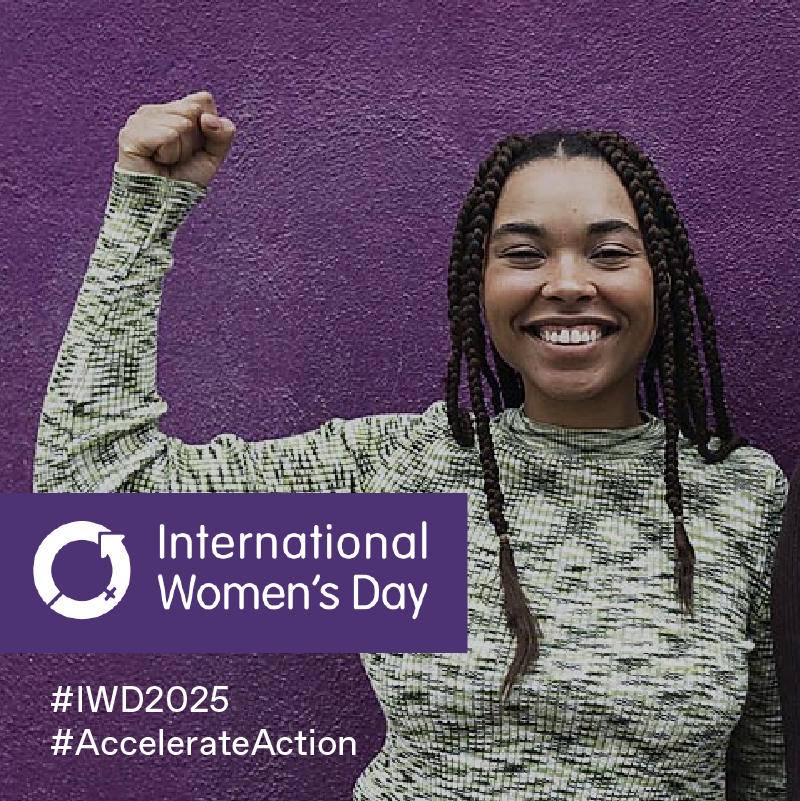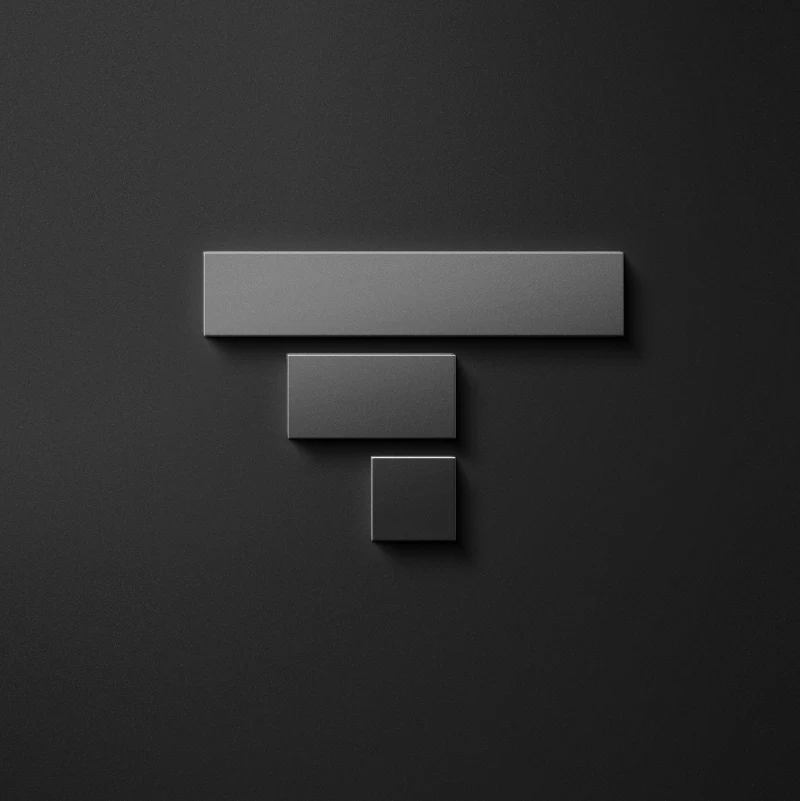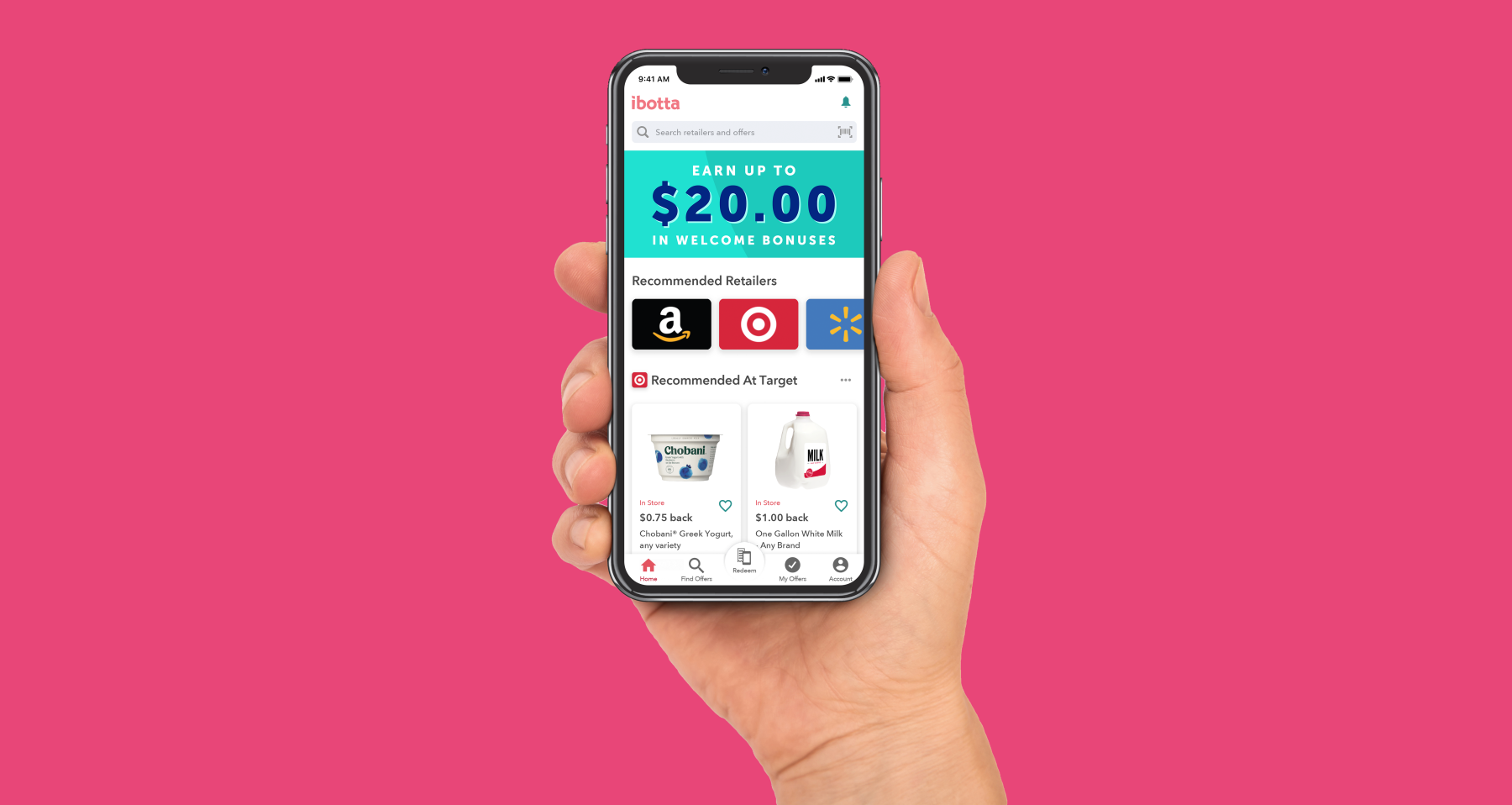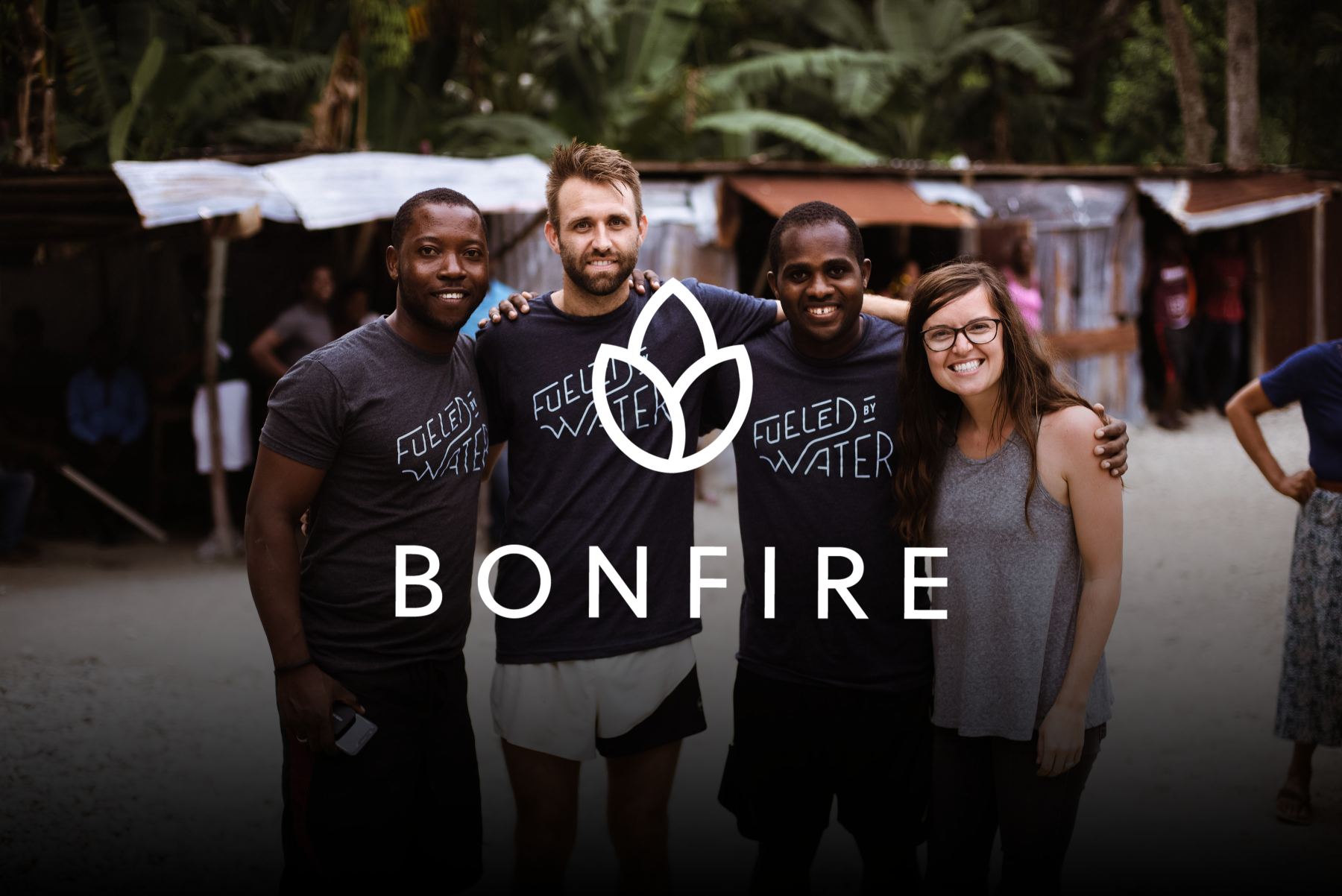
Client Spotlight: Kevin Penney at Bonfire
Founded in 2012, Bonfire began as an easy solution for communities to fundraise online with t-shirts. They’ve helped thousands of individuals, groups, and nonprofits raise money for the causes they care about. Now, they’ve expanded their services to anyone looking to print or sell apparel, totes, hats, mugs, and more.
Tatari sat down with Kevin Penney, Bonfire’s Chief Marketing Officer, to learn more about what they're doing at Bonfire and his journey with TV advertising.
How did Bonfire start? What are some of the biggest fundraisers and causes that have been on your platform?
Bonfire began in 2012 after one of our co-founders was left with a box of unsold t-shirts from a fundraiser. His idea was to create a free online platform where anyone can design, sell, and buy custom products without the risks associated with payment processing, order fulfillment, customer service, and unsold products.
Our model took off in 2016 when we were selected as the merch provider for the Women’s March. Since then we’ve worked with thousands of causes and organizations including the National Forest Foundation, Rock the Vote, The Jane Goodall Institute, and the Ulman Foundation.
Tell us about your background and how you ended up at Bonfire? What is your role now and how long have you been at Bonfire?
My background is in digital marketing and web development with a heavy concentration in digital media buying and performance marketing. I spent my first dollar on Facebook back in 2009 and haven’t looked back since.
I just celebrated my 7th year at Bonfire in the role of Chief Marketing Officer where I oversee all performance and brand marketing.
How do you approach customer acquisition at Bonfire and what channels (social, search, TV, etc) do you primarily use?
Being a marketplace platform, we’ve found that customer acquisition economics can be tricky. We’ve historically focused primarily on high-intent channels such as search and targeted social, but have been pleased to find out that large-scale broadcast media (such as TV and streaming) also works well. Leveraging Tatari’s data has been absolutely paramount in making this leap. I have full confidence that our dollars are being well invested, and we can actually see the results in our dashboard.
What was it like adjusting to TV advertising compared to other channels you have at Bonfire? Did you find anything surprising about it?
Adjusting to TV was definitely a learning experience, but certainly worth the time. Since we’ve primarily used self-service ad platforms or worked 1:1 with a publisher for media buys, it was great to have our team at Tatari walk us through TV terminology and the buying process. Now it feels like second nature.
One of the most surprising things about TV is the user quality. For a platform like Bonfire, user quality matters a lot. We’ve found that TV-driven users are twice as likely to convert as those driven from other paid channels.
Now that you're doing TV, how has it affected the business, in general? Have you seen an increase in usage?
We’ve seen nothing but positive results from TV so far. Usage is significantly up across the platform, and we’re excited to continue to track our TV-driven cohort of users across their lifetime and see the data mature.
How was the creative production process for you? Do you think there are any important lessons there you’d advise people who are new to TV advertising?
The creative production process was a little more involved than creating banner ads or shooting lifestyle images, but easier than I had originally thought. One of our early learnings is that the more authentic you can make the creative and messaging, the better it seems to perform. You can reach a nice blend of brand messaging and direct response, but it takes some effort to get it right. Shout out to our creative partner, MediaOne, for all their help bringing our ideas to reality.
Do you see TV as being a big component of the business as you go forward, or are you planning to do it equally as much as other channels?
I can certainly see TV as a component of our business moving forward. TV provides a huge amount of scale and ability to drive incremental growth, with relatively low effort once the creatives are produced. Best of all, we are able to reach and test entirely new audiences every week, so we continue to learn what works and what doesn’t.
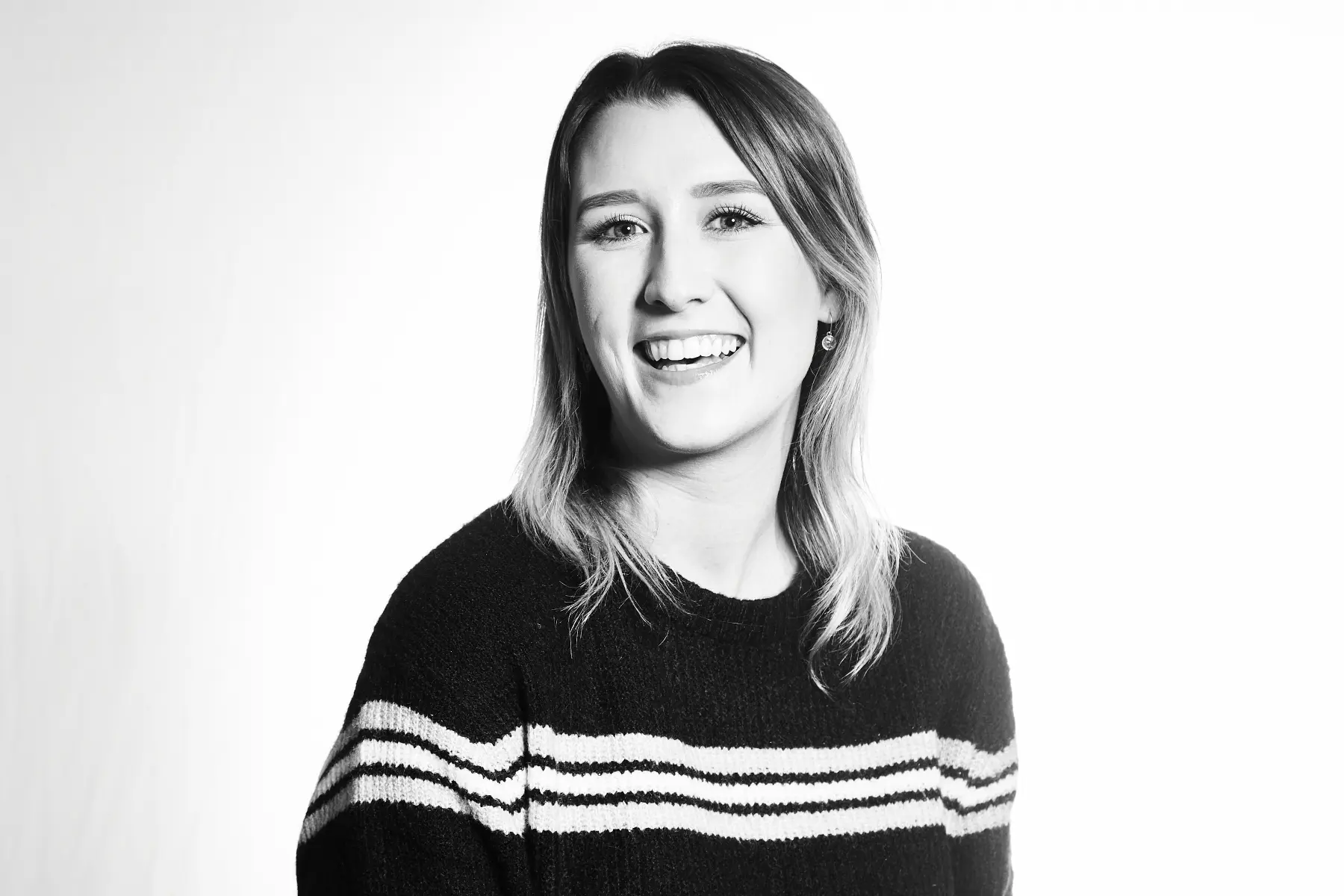
Lauren Cary
I'm on the marketing team and my niche craft is pyrography.
Related
International Women’s Day: 2025
This International Women’s Day, we celebrate the women at Tatari who challenge stereotypes, push boundaries, and drive transformative change. Their contributions redefine expectations and inspire a culture of empowerment and progress. Let's meet some of the women that make Tatari an incredible place to work.
Read more
Tatari’s Record Growth and AI Expansion Set the Stage for 2025, Strengthened by Key Executive Hire
After experiencing record growth in 2024, see how Tatari plans to shape the future of TV advertising through continuous innovation and new leadership in engineering.
Read more
Client Spotlight: Brooke O'Brien at Ibotta
Tatari sat down with Brooke O'Brien, Marketing Manager of User Acquisition at Ibotta, to learn more about her journey and experience with TV advertising.
Read more
